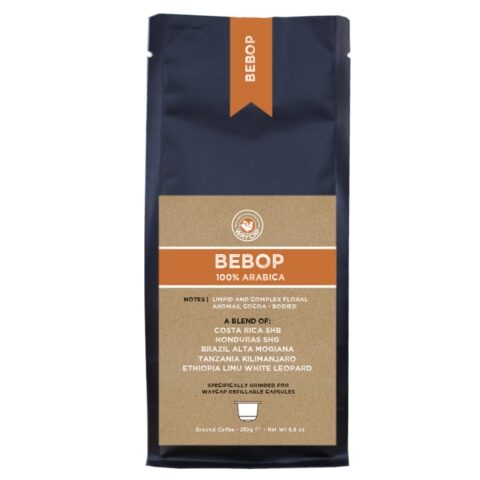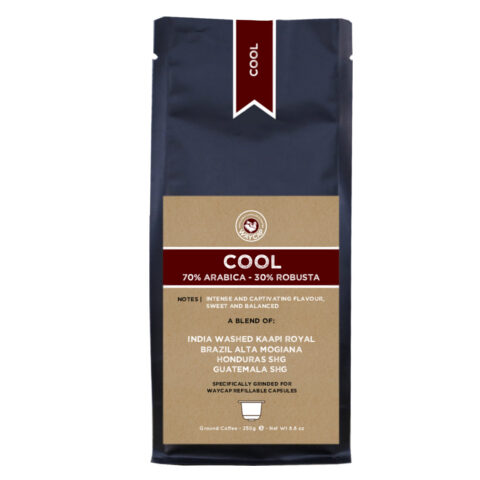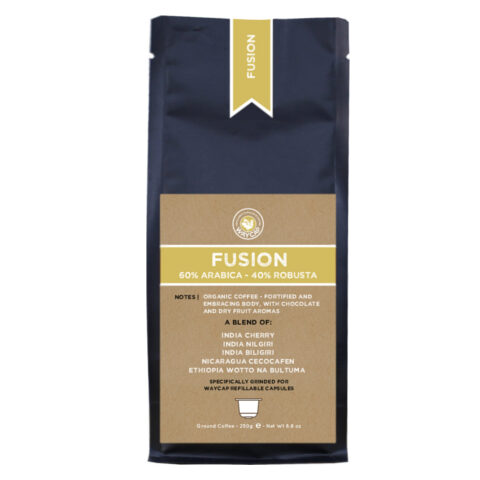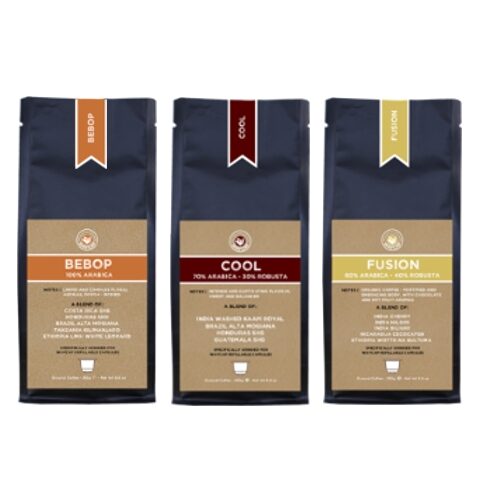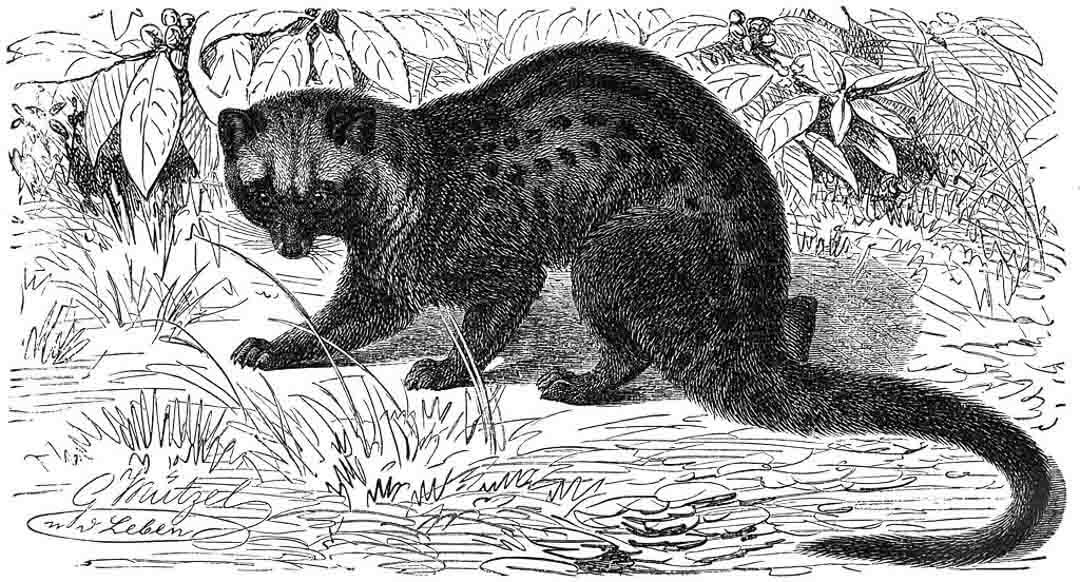
What is Kopi Luwak?
Kopi Luwak literally means palm civet coffee in Indonesian and, even though it is one of the most expensive coffees in the world, it is elegantly known as “poop coffee”. Originating in Indonesia, it is also produced in the Philippines and Vietnam.
The palm civet is a shy and nocturnal animal sometimes described as cat-like (in fact, it is occasionally called civet cat) but more poetically, perhaps, as the hybrid mix of a “bastard love child of a ferret and a lemur … with your house cat”. Its diet usually consists in plenty of juicy fruits as well as the odd insect and reptile here and there.
But most importantly for us, the luwak has a sweet tooth for coffee cherries, of which is said to pick only the best and ripest, guided by its amazing sense of smell. Then, after a day, a day and a half, the coffee beans come out the other end almost intact but, of course, covered in faeces.
And that’s when things get interesting.
Humans walking around the jungle look for the civet’s droppings and collect them, then wash the beans, process them and sell them for a whole lot of money. Voilà: Kopi Luwak.
How much money exactly are we talking about?
How much does Kopi Luwak cost?
Kopi Luwak generally costs up to 300 dollars per kg although some high-end brands sell it for 2000 dollars a kg, like Ross Kopi from Indonesia. Not too shabby for crappy coffee!
Why is it among the most expensive coffees in the world?
Wild Kopi Luwak is quite rare with only small quantities processed each year. In theory, the luwaks roam freely and eat at night away from prying eyes, so for a farmer stumbling around fresh “produce” in the jungle requires a good knowledge of territory but also quite a bit of luck.
And of course wild civets are also not going to chew truckloads of coffee just so people can make drinks from their scat. Unless their forced to, but this is a topic for later.
Next question is: what makes it so special?
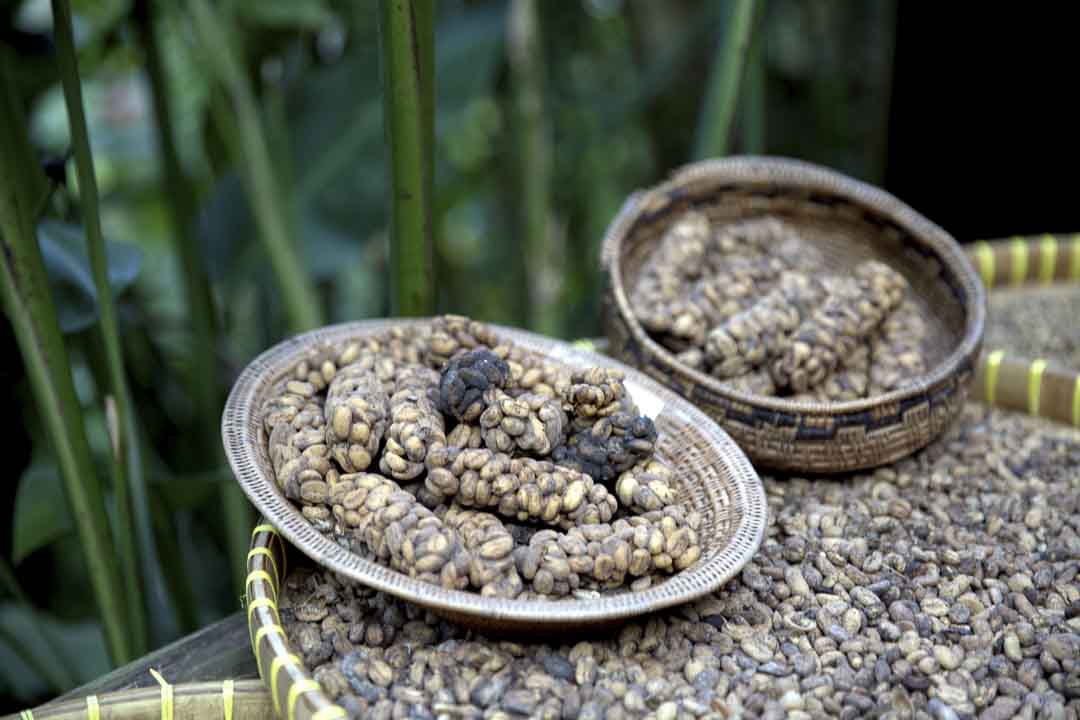
By Jack [CC BY-NC-ND 2.0], via Flickr
What does Kopi Luwak taste like?
The flavour of Kopi Luwak is mainly defined in terms of earthy and musty with hints of caramel and chocolate and some people throw around the word “jungle” as if it were a flavour descriptor.
Apparently though, for the poop coffee enthusiasts, the taste depends upon a number of factors such as tree variety, soil type, seasonal fruits eaten by the civet, so that each small batch is unique.
Above all, what makes Kopi Luwak special is the fact that it’s ingested, digested and defecated by the palm civet.
How does this influence the flavour?
First of all, as we said before, the civet is thought to be particularly picky in regards to the cherries it eats and choosing the most mature fruits is the basis of a quality cup.
Secondly, the fruit undergoes a fermentation process during the animal’s digestion where enzymes break down some of the protein contained in the bean. Because protein is the element that gives coffee its bitter flavour, the result is supposed to be a smooth cup of coffee without any unpleasant aftertaste.
What does coffee taste like? Learn how to use the Coffee Flavour Wheel
Is Kopi Luwak safe to drink?
While indeed the beans collected from the excrement show higher levels of contaminations, the processed beans are quite safe to drink with no contamination from e.coli or other bacteria.
But is Kopi Luwak worth its price?
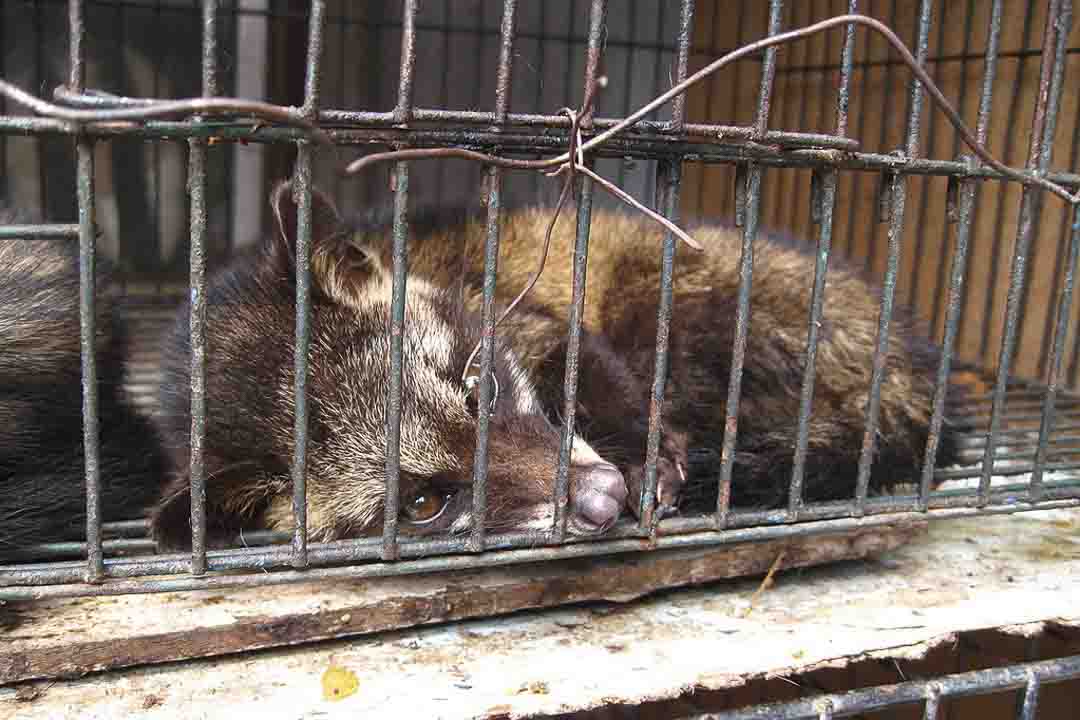
By surtr [CC BY-SA 2.0], via Wikimedia Commons
All that glitters is not gold
Not everyone agrees with the hype about Kopi Luwak. In fact, it has received some harsh critiques by esteemed reviewers.
After a taste test, renowned cupper Rocky Rhodes of International Coffee Consulting Group reportedly said “it was apparent that Luwak coffee sold for the story, not superior quality”. More explicitly, Andrew Hetzel, from the Specialty Coffee Association of America, writes that “Kopi Luwak coffee is a gimmick, a fairy tale fabricated to sell gullible consumers bad coffee at extraordinarily inflated prices”.
Ouch!
Kopi Luwak and animal cruelty
It would appear that while removing the bitter taste, the luwak’s digestion also lowers the good acidity and flavour. With Kopi Luwak, all the attention is given to one step of a process that should consider the quality of the bean, the terroir, the harvesting and so on. Achieving a smooth cup cannot be the exclusive defining element for a quality coffee.
What’s more, the novelty aspect of this coffee has had dire consequences for these little animals. As demand rose, people started caging wild luwaks in confined spaces, often in dismal conditions, feeding them only coffee cherries. The consequences are stress, illness, and a higher mortality rate for the animals.
There is still no way of telling for sure whether Kopi Luwak is from wild or caged civets and no official wild luwak certification, even though some efforts are being made in this direction, by organizations, farmers and even the guy who introduced Kopi Luwak to the West. On the other hand, a lot of what is sold as original Kopi Luwak just isn’t.
Conclusions:
It is really up to you whether you want to try one of the most expensive coffees in the world, with the risk of it being either fake or made by exploiting caged civets. You can also try looking for responsible, sustainable farmers that will ensure wild and humane coffee, although these projects are still veryfew.
But above all, would you try it?

